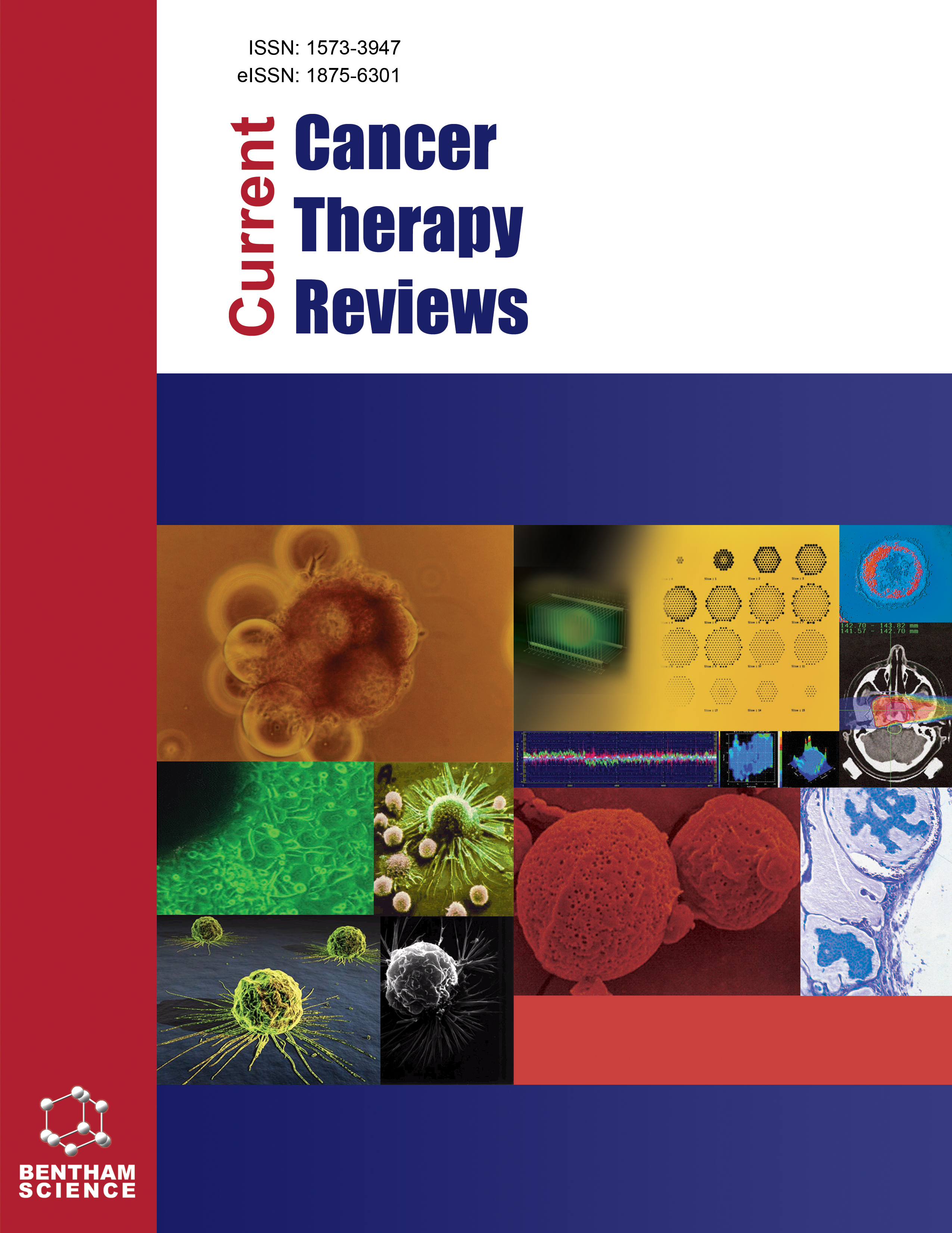
Full text loading...

Cancer remains one of the most complex diseases globally, driven by genetic and epigenetic alterations that disrupt normal cellular processes. This complexity is further amplified by mechanisms such as uncontrolled cell proliferation, inhibition of apoptosis, angiogenesis, immune evasion, and metabolic reprogramming, all of which contribute to tumor growth and metastasis. While advancements in diagnostic technologies, including next-generation sequencing and liquid biopsies, have facilitated early detection and the development of personalized therapeutic strategies, traditional treatments such as chemotherapy, radiotherapy, and immunotherapy continue to face significant limitations, including drug resistance, adverse side effects, and tumor heterogeneity. Recent studies have emphasized the potential of bacteriophages in cancer treatment. As viruses that specifically target bacteria, phages offer unique advantages due to their genetic modifiability, roles in immunotherapy, and capabilities in targeted drug delivery. They can reshape the tumor microenvironment, enhance immune responses, and deliver therapeutic agents directly to cancer cells. Moreover, phages hold promise in addressing antibiotic resistance in cancer patients and improving the efficacy of traditional therapies through combination strategies. However, challenges remain regarding the optimization of phage stability, bioavailability, and tumor-specific targeting. Research and clinical trials on the therapeutic application of phages are critical to unlocking their full potential as innovative approaches to overcome the limitations of current cancer treatments.

Article metrics loading...

Full text loading...
References


Data & Media loading...